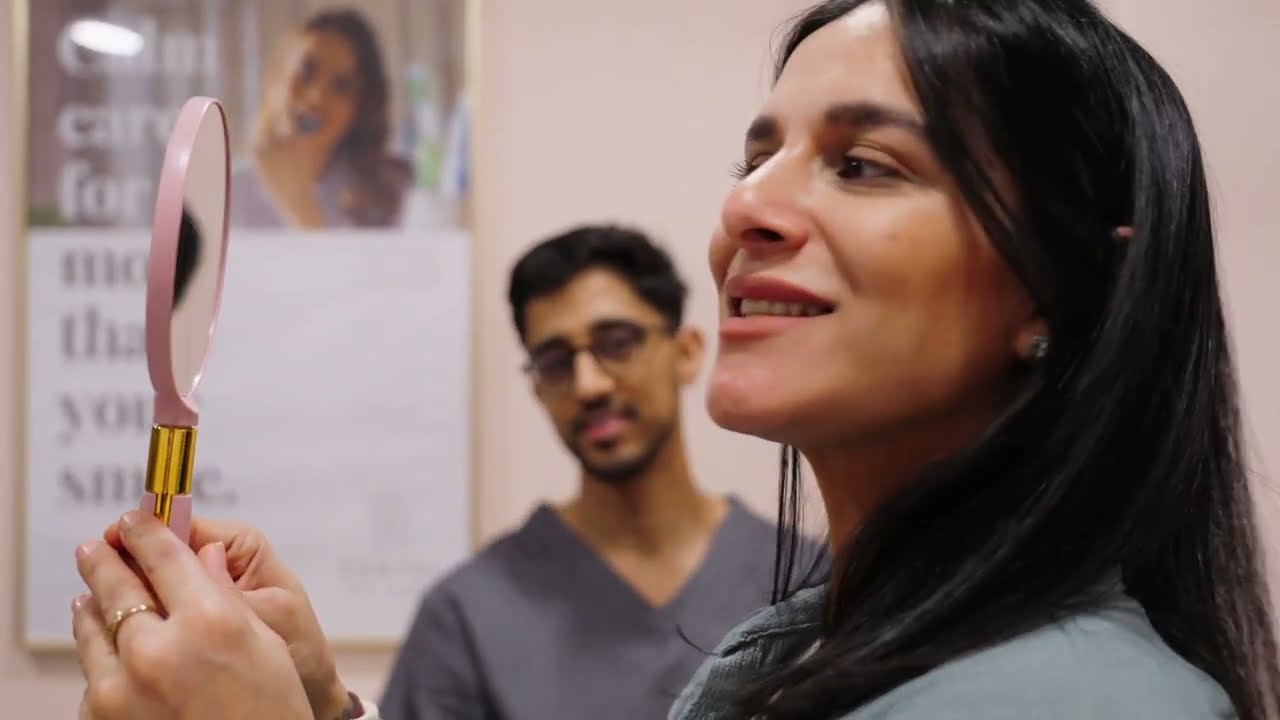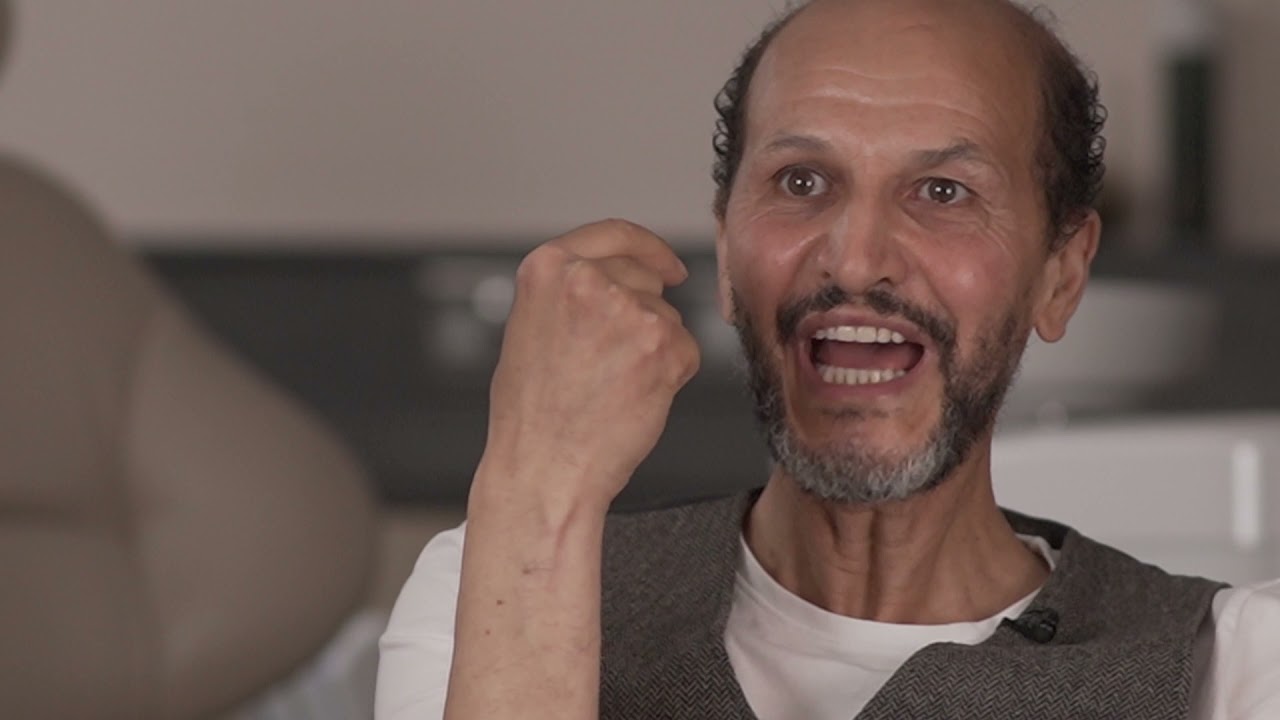
Discover a calm approach to visiting the dentist
Dental sedation eases anxiety, sensitivity, or a strong gag reflex, making treatments more comfortable and stress-free.
Sedation refers to the use of medication to help patients relax and reduce anxiety during a dental procedure. It is commonly used in dentistry to help patients who have dental anxiety, a low pain threshold, a sensitive gag reflex, or require extensive dental work.
Join the thousands of patients who recommend Zental
We are dedicated to providing exceptional dental care in a tranquil environment. Renowned for our outstanding service, we have helped thousands of patients transform their smiles. Experience the Zental difference and discover a new standard in dental care. Our patient reviews speak for themselves!
Before & After
No items found.
Testimonials

Lee was given a tough choice to make by his dentist at a young age. His experience altered his perception of visiting the dentist into adulthood and ultimately impacted his wellbeing. His journey with Zental led him to undergo general and orthodontic treatment. Lee shares his brave story and explains why he continues to Trust in Calm with Zental.
"
Lee was given a tough choice to make by his dentist at a young age. His experience altered his perception of visiting the dentist into adulthood and ultimately impacted his wellbeing. His journey with Zental led him to undergo general and orthodontic treatment. Lee shares his brave story and explains why he continues to Trust in Calm with Zental.
Lee's Story
"
Lee was given a tough choice to make by his dentist at a young age. His experience altered his perception of visiting the dentist into adulthood and ultimately impacted his wellbeing. His journey with Zental led him to undergo general and orthodontic treatment. Lee shares his brave story and explains why he continues to Trust in Calm with Zental.

Lee was given a tough choice to make by his dentist at a young age. His experience altered his perception of visiting the dentist into adulthood and ultimately impacted his wellbeing. His journey with Zental led him to undergo general and orthodontic treatment. Lee shares his brave story and explains why he continues to Trust in Calm with Zental.
Lee's Story

Safina had a serious accident many years ago. Sadly, her experience was traumatic and impacted her self confidence. She visited Zental and met with the highly skilled and dedicated team of Mr Ihsaan Al-Hadad. Her journey with Zental led her to have dental implant treatment. Safina shares her brave story and explains why she continues to Trust in Calm with Zental.
"
Safina had a serious accident many years ago. Sadly, her experience was traumatic and impacted her self confidence. She visited Zental and met with the highly skilled and dedicated team of Mr Ihsaan Al-Hadad. Her journey with Zental led her to have dental implant treatment. Safina shares her brave story and explains why she continues to Trust in Calm with Zental.
Safina's Story
"
Safina had a serious accident many years ago. Sadly, her experience was traumatic and impacted her self confidence. She visited Zental and met with the highly skilled and dedicated team of Mr Ihsaan Al-Hadad. Her journey with Zental led her to have dental implant treatment. Safina shares her brave story and explains why she continues to Trust in Calm with Zental.

Safina had a serious accident many years ago. Sadly, her experience was traumatic and impacted her self confidence. She visited Zental and met with the highly skilled and dedicated team of Mr Ihsaan Al-Hadad. Her journey with Zental led her to have dental implant treatment. Safina shares her brave story and explains why she continues to Trust in Calm with Zental.
Safina's Story

Michael had a bad experience with his dentist at a young age. Sadly, this altered his perception of visiting the dentist during adulthood and ultimately impacted his wellbeing. He decided to visit Zental Dental and undergo treatment involving dental implants. Michael shares his brave story and explains why he continues to Trust in Calm with Zental.
"
Michael had a bad experience with his dentist at a young age. Sadly, this altered his perception of visiting the dentist during adulthood and ultimately impacted his wellbeing. He decided to visit Zental Dental and undergo treatment involving dental implants. Michael shares his brave story and explains why he continues to Trust in Calm with Zental.
Micheal's Story
"
Michael had a bad experience with his dentist at a young age. Sadly, this altered his perception of visiting the dentist during adulthood and ultimately impacted his wellbeing. He decided to visit Zental Dental and undergo treatment involving dental implants. Michael shares his brave story and explains why he continues to Trust in Calm with Zental.

Michael had a bad experience with his dentist at a young age. Sadly, this altered his perception of visiting the dentist during adulthood and ultimately impacted his wellbeing. He decided to visit Zental Dental and undergo treatment involving dental implants. Michael shares his brave story and explains why he continues to Trust in Calm with Zental.
Micheal's Story

Suzanna had a complex, dental implant procedure with a UK dentist in 2019. Sadly, her experience was traumatic and the result she was promised fell dramatically short of her expectations. She decided to visit Zental Dental and met with the highly skilled and dedicated team of Dr Ihsaan Al-Hadad. Suzanna shares her brave story and explains why she continues to Trust in Calm with Zental.
"
Suzanna had a complex, dental implant procedure with a UK dentist in 2019. Sadly, her experience was traumatic and the result she was promised fell dramatically short of her expectations. She decided to visit Zental Dental and met with the highly skilled and dedicated team of Dr Ihsaan Al-Hadad. Suzanna shares her brave story and explains why she continues to Trust in Calm with Zental.
Suzanna's Story
"
Suzanna had a complex, dental implant procedure with a UK dentist in 2019. Sadly, her experience was traumatic and the result she was promised fell dramatically short of her expectations. She decided to visit Zental Dental and met with the highly skilled and dedicated team of Dr Ihsaan Al-Hadad. Suzanna shares her brave story and explains why she continues to Trust in Calm with Zental.

Suzanna had a complex, dental implant procedure with a UK dentist in 2019. Sadly, her experience was traumatic and the result she was promised fell dramatically short of her expectations. She decided to visit Zental Dental and met with the highly skilled and dedicated team of Dr Ihsaan Al-Hadad. Suzanna shares her brave story and explains why she continues to Trust in Calm with Zental.
Suzanna's Story

Abdul Hakim had a difficult experience with dentists from a young age, which altered his confidence and wellbeing in adulthood. As a consequence, he became fearful of visiting the dentist. He eventually found the courage to visit Zental when his oral health deteriorated. Abdul Hakim embarked on a journey with Zental and had full mouth dental implant treatment. Abdul Hakim shares his brave story and explains why he continues to Trust in Calm with Zental.
"
Abdul Hakim had a difficult experience with dentists from a young age, which altered his confidence and wellbeing in adulthood. As a consequence, he became fearful of visiting the dentist. He eventually found the courage to visit Zental when his oral health deteriorated. Abdul Hakim embarked on a journey with Zental and had full mouth dental implant treatment. Abdul Hakim shares his brave story and explains why he continues to Trust in Calm with Zental.
Abdel Hakim's Story
"
Abdul Hakim had a difficult experience with dentists from a young age, which altered his confidence and wellbeing in adulthood. As a consequence, he became fearful of visiting the dentist. He eventually found the courage to visit Zental when his oral health deteriorated. Abdul Hakim embarked on a journey with Zental and had full mouth dental implant treatment. Abdul Hakim shares his brave story and explains why he continues to Trust in Calm with Zental.

Abdul Hakim had a difficult experience with dentists from a young age, which altered his confidence and wellbeing in adulthood. As a consequence, he became fearful of visiting the dentist. He eventually found the courage to visit Zental when his oral health deteriorated. Abdul Hakim embarked on a journey with Zental and had full mouth dental implant treatment. Abdul Hakim shares his brave story and explains why he continues to Trust in Calm with Zental.
Abdel Hakim's Story
Meet the experts who will treat you
Articles
Book your next dental appointment with us

Our dental practices provide a serene, spa-like environment designed to relax your senses while delivering advanced, high-quality care. Using state-of-the-art technology coupled with exceptional patient care, we ensure a calm, stress-free experience that leaves you feeling refreshed and confident in your smile.














